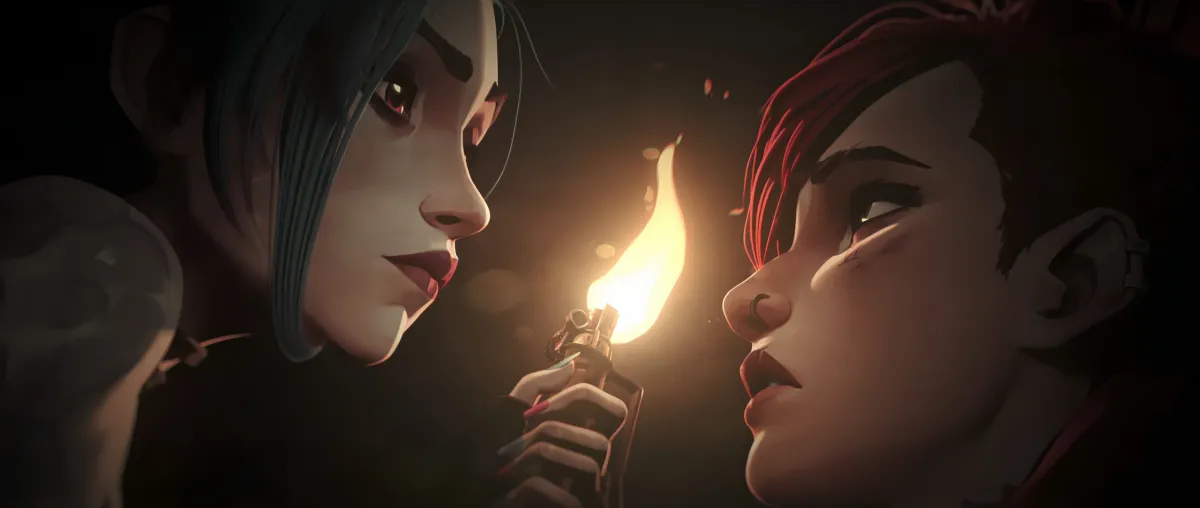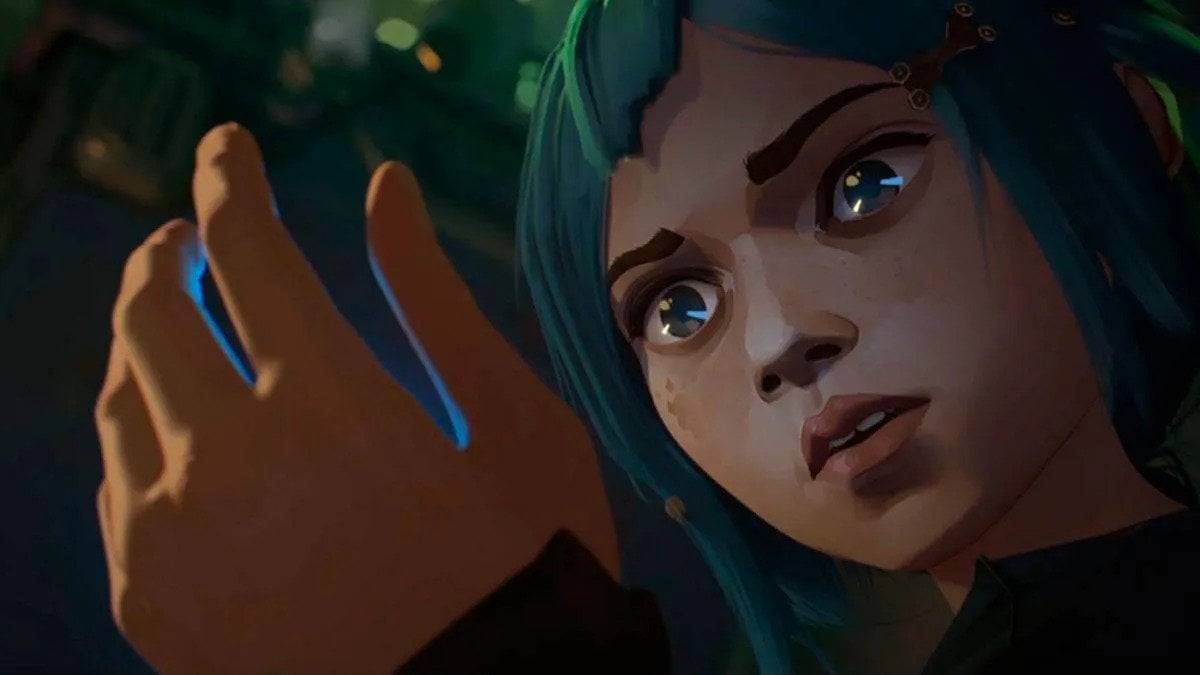The first season of Arcane left many fans wanting more—and we’ll surely get more once the second season is released. But for now, you’ll just have to watch the first nine episodes on repeat and learn every secret behind the creation of the first animated series inspired by the world of League of Legends.
Two of the series’ editors, Ernesto Matamoros-Cox and Lawrence Gan, spoke with Dot Esports about the creation of Arcane.
Both editors were approached by Riot to work on Arcane in 2017. And even if at first they didn’t know much about the universe of League, it quickly became clear that Arcane “was going to be something special,” Matamoros-Cox said. “[It was] something very different and potentially the future of animation. And we didn’t know how right we were at the time.”
Arcane is the first animated series inspired by the League universe and it was “a lot of pressure” to work on it mostly because of the high expectations of the community, according to Matamoros-Cox. But Riot created a great experience for fans who have played the game since 2009 and those who first approached the League universe with Arcane. And according to both editors, this is also thanks to the fact that Riot “kept the project all in house” by partnering with Fortiche and working on the series along with the animation studio instead of “[sending] off their property to some Hollywood studio somewhere.”
“I think that just goes to show the dedication and the level of dedication,” Gan said. “Because it took a lot of time, a lot of effort on behalf of the company to make sure that, this high-level quality of in-depth storytelling remains consistent, even as they opened it up into an animated series world.”
The quality of Arcane is at a high level in all aspects of the show, from the animation and soundtrack to the writing and editing of each episode. The creators of Arcane succeeded in building a show full of contrasts and similarities, metaphorical and explicit comparisons between parallel dichotomies set in the same environment.
“The dichotomy between Piltover and Zaun, [the writers] are setting up these two worlds that are in a lot of ways, symbolic,” Gan said. “I mean, twin cities, symbolic of a lot of the relationships, not just Vi and Jinx, but, you know, Vander and Silco as well. And so I think there, there’s a lot of themes that are playing out in similar ways, but with different results.”
This attention to detail transpires the most in “mirror moments,” scenes that resemble each other and carry a similar if not identical significance. These moments are what both editors indicated as the one thing to really pay attention to during the series, especially those in episode three of act one. In specific, “episode three is when you start to see someone double-play others, like double word speak kind of thing,” Gan said. Matamoros-Cox added that “there are moments that you don’t really realize are telling you where the story’s going to go.”
And despite the many years of work and the countless changes and adjustments to the series, there are moments or scenes that “had to maintain their integrity” because they were fundamental to the story and the feelings it had to convey to all viewers. Matamoros-Coz said the story is “grounded and rooted in real life things.” The audience can connect to it and to the characters because “[Riot] let these moments be,” according to Matamoros-Cox.
An example of this comes in the last scene of act one. “The way that [the finale of episode three] was cut where the explosion gives you a moment to see everybody’s point of view during the explosion,” Gan said. “And I know that for our partners or, you know, our counterparts at Fortiche, that was also super important as well. It was making sure that no matter what we did, no matter how the edit changed, that we retain the integrity of those moments.”
Arcane has thrown the doors of a vast universe open to an even wider audience than before. It’s the connecting bridge between those who enjoy an exciting and grandiose narrative and those who have come to know and love the characters of a game that’s now over a decade old. The passion, commitment, and attention to every detail of those who worked on Arcane can be heard in every note, seen in every frame, and felt in the chills on our skin every time we hear “I only wanted to help.”
“I remember reading this, I remember reading the script for the series way back when we first started and just being like, what kind of show is this? This is amazing,” Gan said.
“I mean, really, I don’t think people have any idea how that all plays out,” Matamoros-Cox said. ”And it’s like, it’s so… I don’t even, I don’t know. It’s just, it’s so beautiful.”
You can hear directly from the two editors on Dot Esports’ YouTube channel.







Published: Dec 17, 2021 08:16 pm